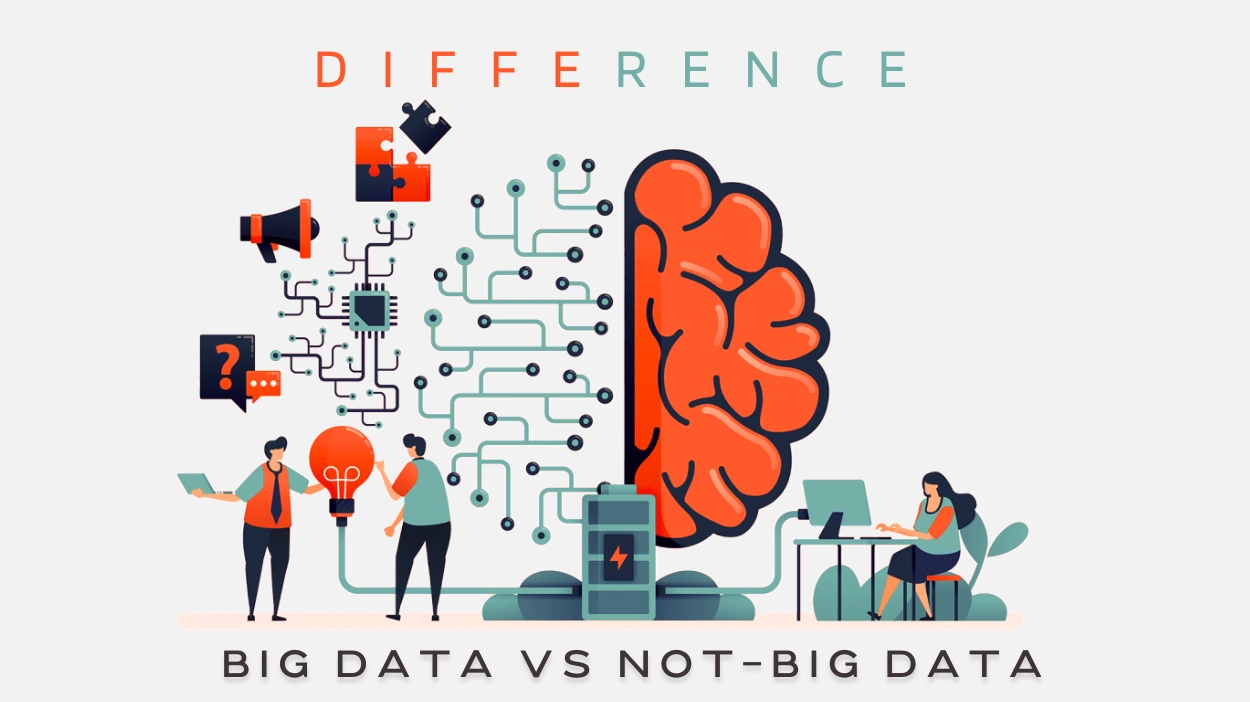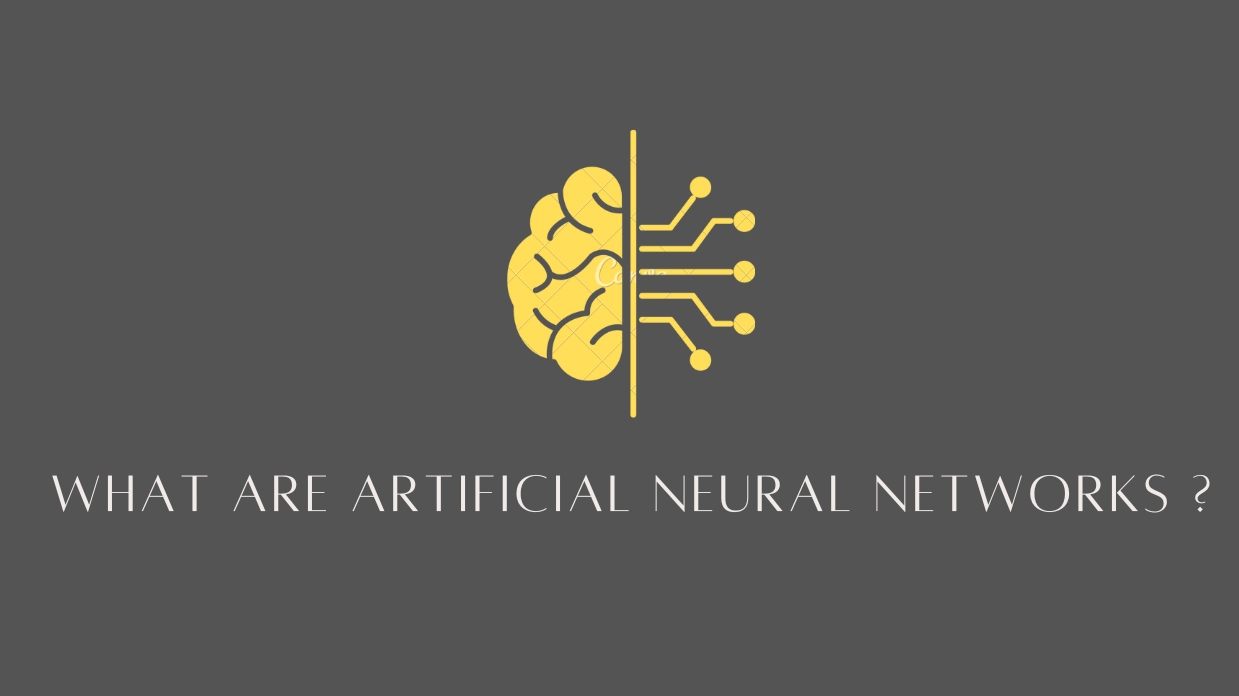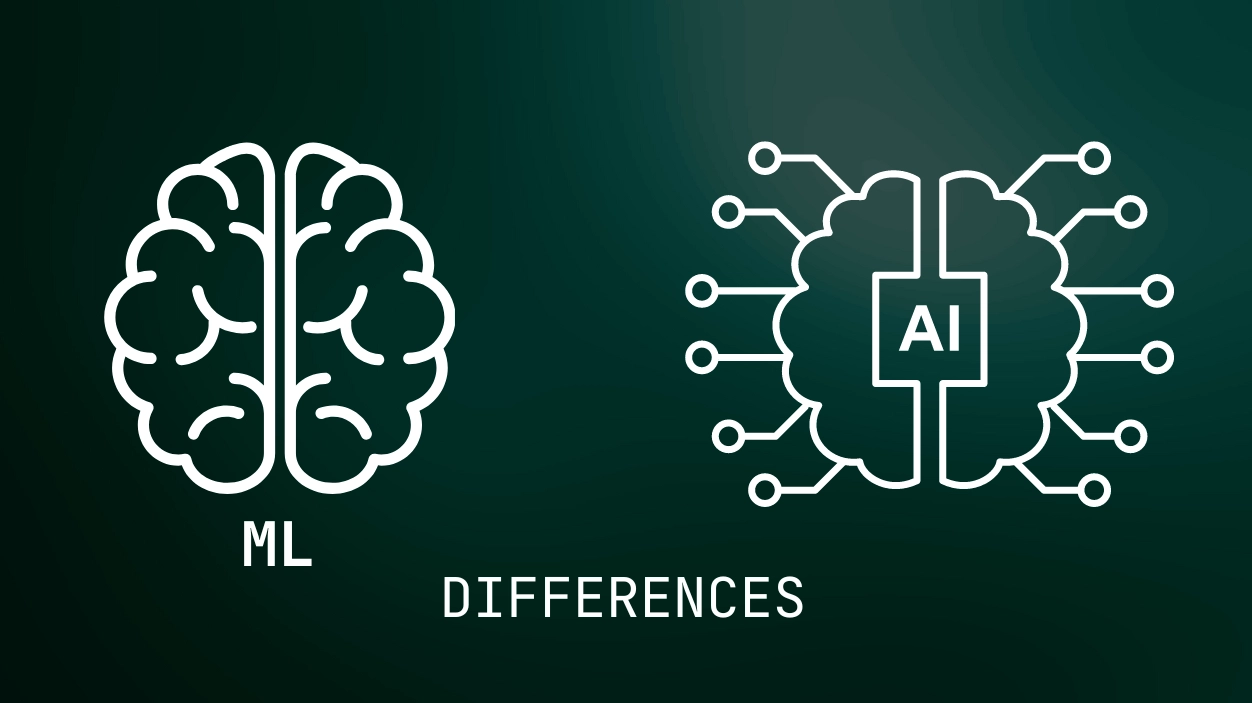Recent Post

Difference Between Big Data Vs Not-Big Data
Apr 27,2023

What Are Artificial Neural Networks?
Apr 24,2023

The Ultimate Guide To Data Types And Their Importance 8-May-23
-
Data types are an essential concept in computer programming and data science. They represent the various types of data that can be stored and manipulated within a program. Understanding data types is crucial because it enables developers to work efficiently with data and avoid potential errors and bugs in their code. In this blog, we will discuss data types, their importance, and some common data types used in programming.What are Data Types?
A data type is a classification of data that determines the operations that can be performed on that data and how it is stored in memory. In other words, data types are a set of rules that determine how data can be used within a program. Every programming language has its own set of data types, and they can be divided into two categories: primitive data types and non-primitive data types.Primitive Data Types:
Primitive data types are the most basic data types in a programming language. They are also called built-in data types because they are already defined within the programming language. In most programming languages, there are four types of primitive data types: integers, floating-point numbers, characters, and Booleans.Integers:
Integers are whole numbers that can be either positive or negative. They are typically represented by the keyword "int" in programming languages. For example, the number 5 is an integer.Floating-point numbers:
Floating-point numbers are numbers that have a decimal point in them. They are typically represented by the keyword "float" in programming languages. For example, 3.14 is a floating-point number.Characters:
Characters are single letters or symbols that represent a single value. They are typically represented by the keyword "char" in programming languages. For example, the letter "A" is a character.Booleans:
Booleans represent a true or false value. They are typically represented by the keyword "bool" in programming languages. For example, the statement "2 > 1" is a Boolean expression that evaluates to true.Non-Primitive Data Types:
Non-primitive data types are more complex data types that are built from primitive data types. They are also called reference data types because they store a reference to an object in memory. Some examples of non-primitive data types include arrays, classes, and structures.Arrays:
An array is a collection of values of the same data type. They are typically represented by the keyword "array" in programming languages. For example, an array of integers might contain the values {1, 2, 3, 4, 5}.Classes:
A class is a blueprint for creating objects in object-oriented programming. They are typically represented by the keyword "class" in programming languages. For example, a class might represent a person and contain attributes such as their name, age, and address.Structures:
A structure is similar to a class in that it is a blueprint for creating objects. However, structures are typically used to represent simple objects that do not require complex functionality. They are typically represented by the keyword "struct" in programming languages.Importance of Data Types:
Data types are essential in programming because they enable developers to work efficiently with data. They also help to avoid potential errors and bugs in their code. For example, if a developer tries to add a string to an integer, their program will throw an error because the two data types are not compatible. This error can be easily avoided if the developer understands data types and uses them correctly.Another important aspect of data types is memory management. When a program is executed, it allocates memory to store data. Different data types require different amounts of memory, and understanding this can help developers optimize their programs to use memory efficiently.
Conclusion:
Data types are an essential concept in programming and data science. They enable developers to work efficiently with data and avoid potential errors and bugs in their code. By understanding the different data types available, developers can choose the appropriate type for the data they are working with, which can help to improve the performance and efficiency of their programs. In summary, data types are a fundamental building block of programming and a critical concept for anyone looking to develop software or work with data.Learning data types from Cognitec can provide a solid foundation and comprehensive understanding of the topic, which can help in building a successful career in programming or data science.


